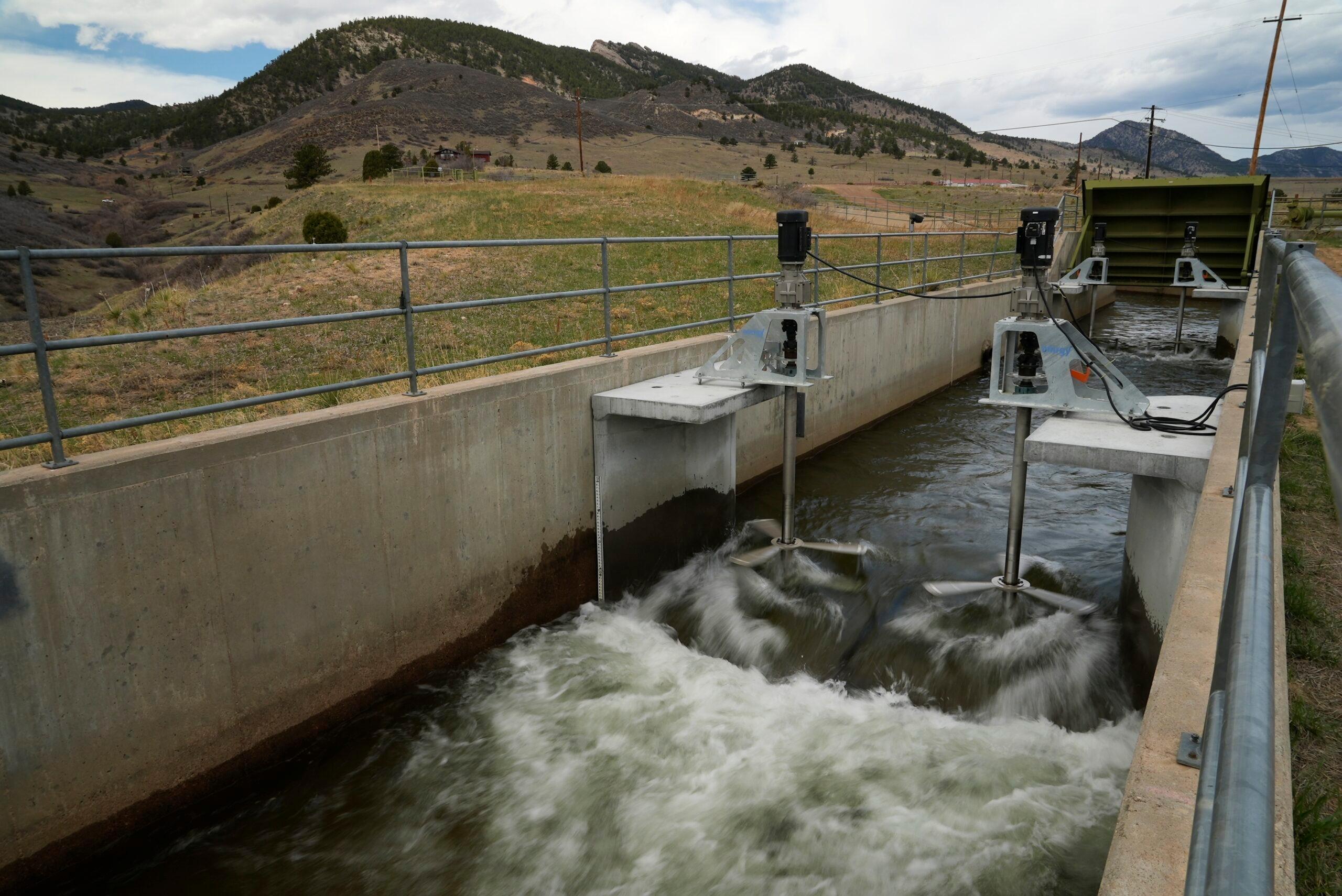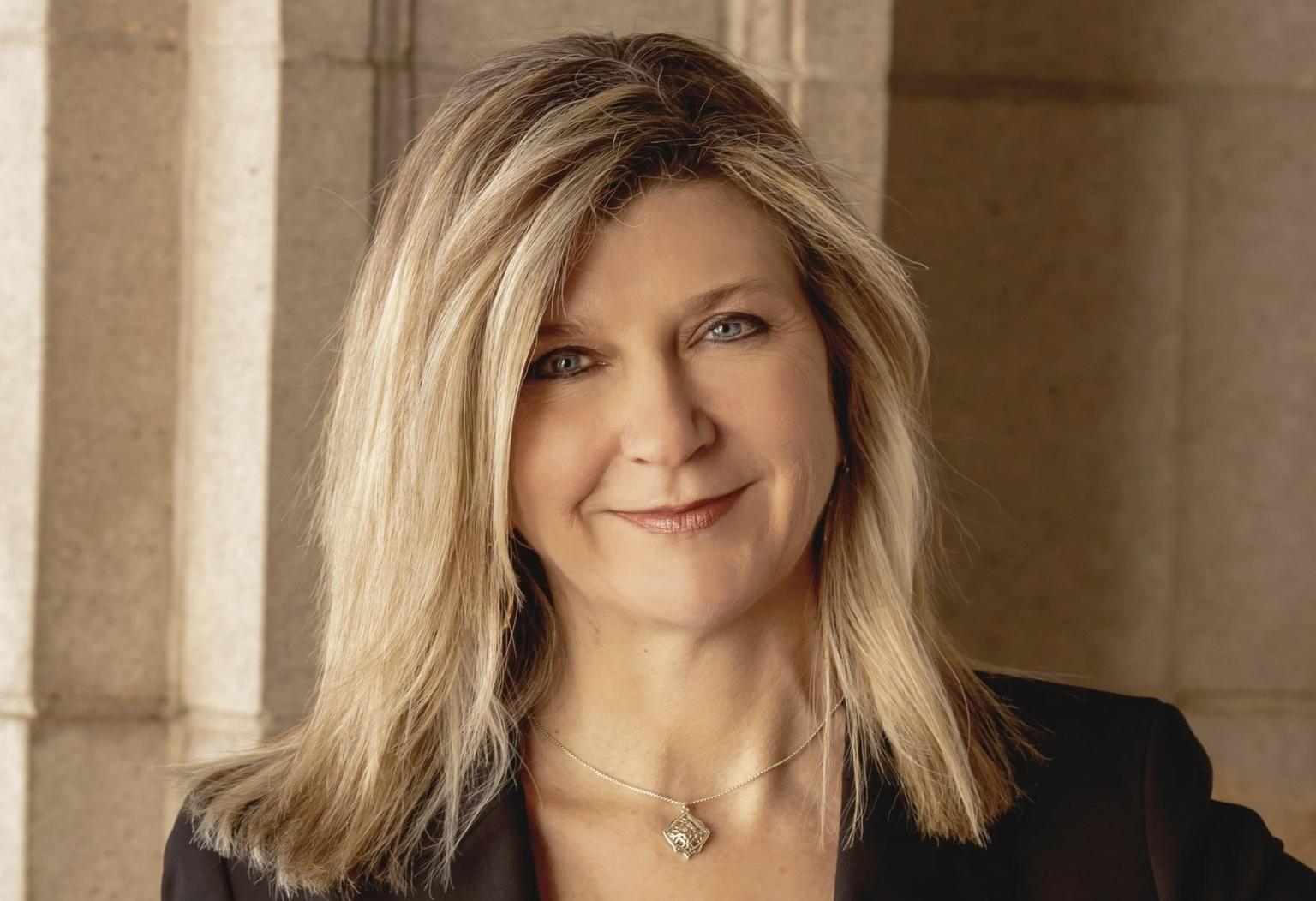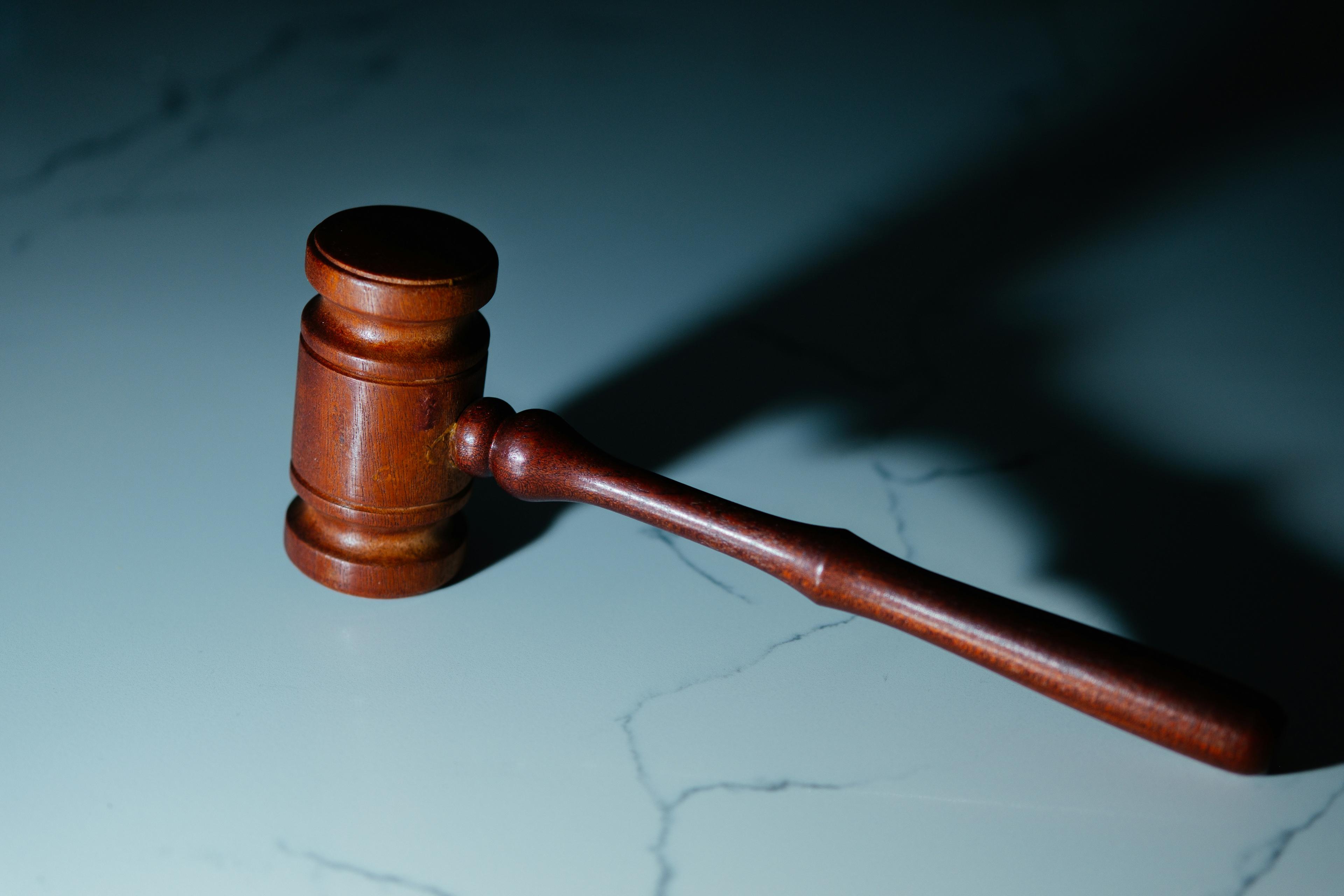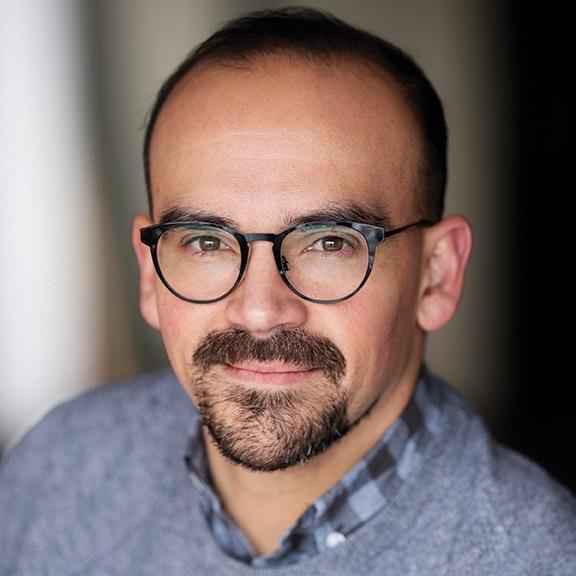
By Isabella O'Malley/Associated Press
A startup business that places small turbines in irrigation canals to generate electricity has raised $18.4 million to scale up its technology for carbon-free hydropower.
The new investment will go to hire more people, develop projects, and open a first assembly facility in Aurora, Colorado.
Emily Morris, CEO and founder of Atlanta-based Emrgy, said her inspiration for making electricity in places that some people might find unlikely was seeing water swiftly flowing through the vast network of U.S. irrigation infrastructure. The U.S. Bureau of Reclamation alone operates 1,600 miles of main canals.
In the same way that putting solar on rooftops avoids disturbing the land, making use of existing canals means the hydropower turbines don't have to disturb the natural environment.
“Our infrastructure represents a new sector of renewable energy real estate,” Morris said in an interview.
Emrgy’s systems are currently in use at Denver Water, Oakdale Irrigation District in California, a district in Salt Lake City and one in New Zealand. The company has a pilot in South Africa and is expanding.
The Denver Water project consists of four turbines arrayed along the South Boulder Canal, just above Ralston Reservoir. According to the company, each of those turbines generates the equivalent of the electricity needed to power a handful of homes for a year. The utility is studying whether to scale up the project by adding another half-dozen of Emrgy's units along the canal.
Colorado streamlined the process for permitting micro hydro projects more than a decade ago, as part of its push to get more renewable energy into the power supply.
Irrigation canals in the U.S. are made of concrete or stone and transport water from main sources to fields. Emrgy units look something like a propeller with blades rotating parallel to the ground. Water in the canals turns them and then flows past; there is no dam. The spinning turbines do change how the water moves through the canals, slowing it, so Emrgy works closely with water operators.
Emrgy's installations are very small in the commercial sense — between 2 and 10 megawatts. But that's approximately enough to power a neighborhood or a small campus.
It “can amount to a pretty significant amount of power,” said John Gulliver, an engineering professor emeritus at the University of Minnesota, given the miles of canals.
An installation is made up of modules that each generate 5-25 kilowatts, but Morris said the company would never deploy a single turbine, just as a solar company would not install a single solar panel on a roof.
“We need everything we can get from all of the renewable energy sources," said Dan Reicher, senior scholar at the Stanford University School of Sustainability. “So I do think this energy generation is meaningful.” It's also environmentally low impact, he said.
Daniel Kirschen, an engineering professor at the University of Washington made the same point. "If we can generate a reasonable amount of power from them, it’s very useful,” he said.
Traditional large-scale hydropower projects have faced scrutiny for their environmental impact, including submerging communities, slowing rivers, and blocking fish migration. Some are being demolished. On the other hand, they generate enormous amount of energy, as long as it rains and snows.
The Emrgy systems connect to the grid the same way any distributed wind or solar does. Sometimes electric distribution lines run right along canals. The turbines can be installed quickly without lengthy permitting.
“I’ve watched how solar has risen to dominate the renewable energy mix over recent years," said Morris. "We know the faster we can generate new power means we will be more impactful and can grow.”
The Inflation Reduction Act signed last fall is helping. It offers incentives for U.S.-based clean energy manufacturing. Emrgy gets a 10% tax credit for sourcing its machinery and components in the U.S. and a 30% federal investment tax credit for renewable energy development.
“This is definitely a renewable resource that needs to be tapped and it’s fantastic they have an economic solution,” said Kirschen.









